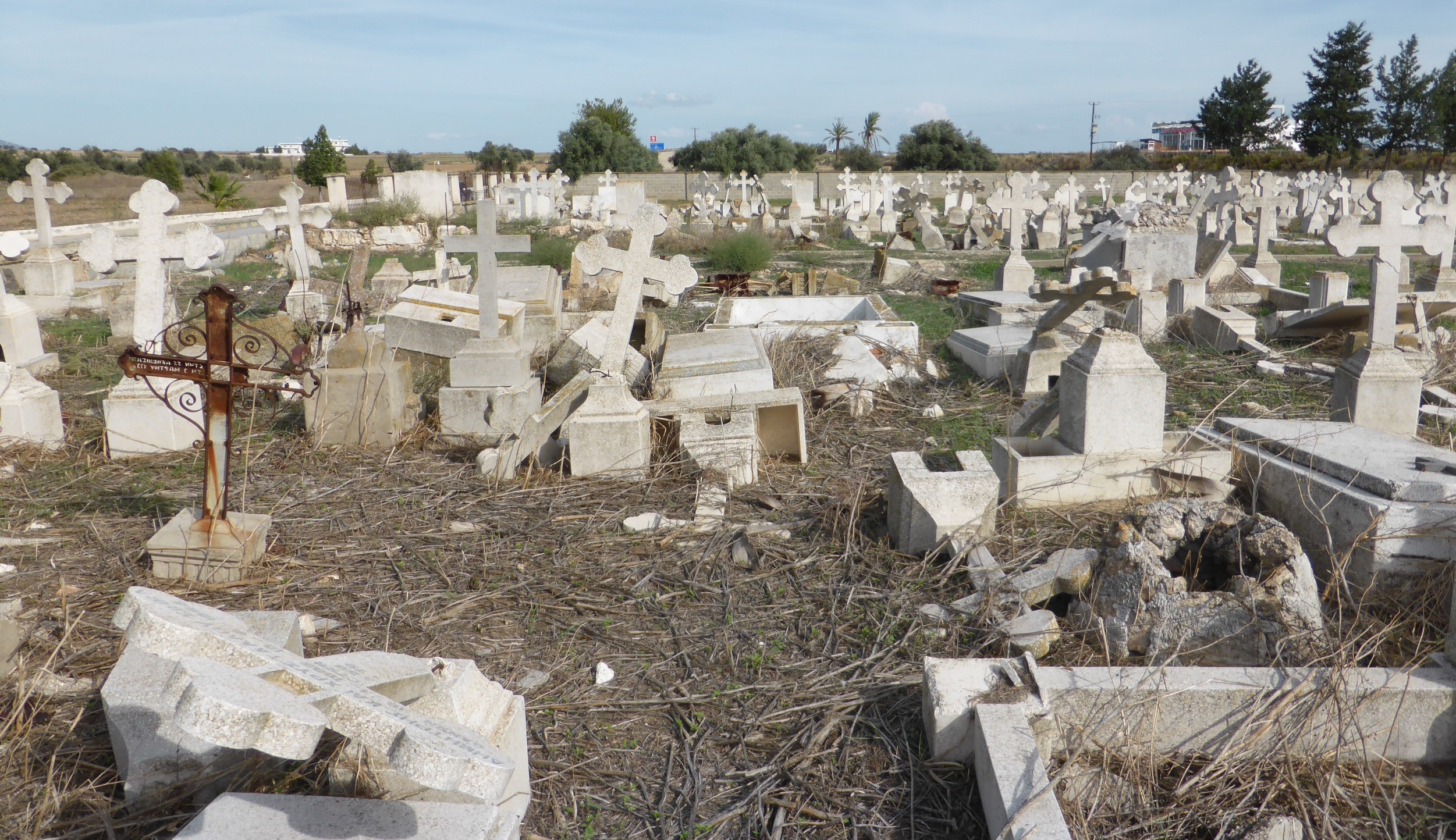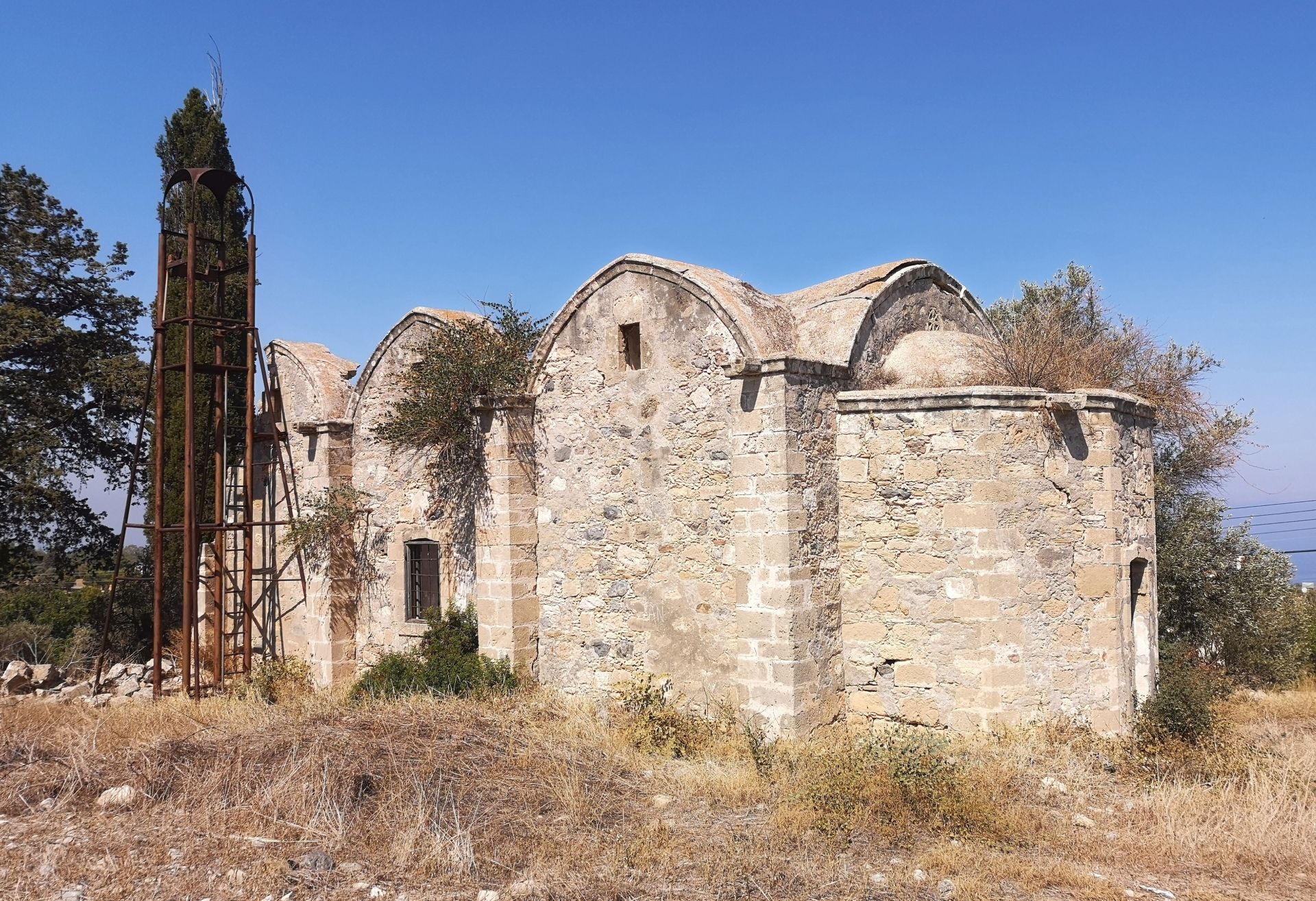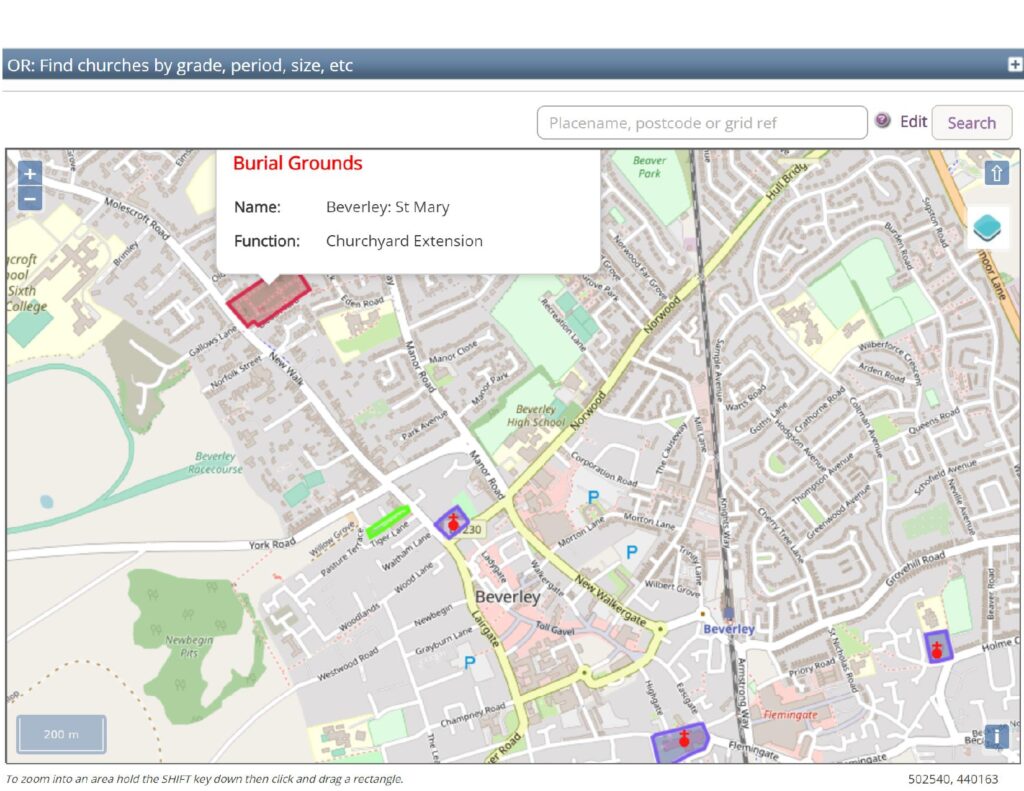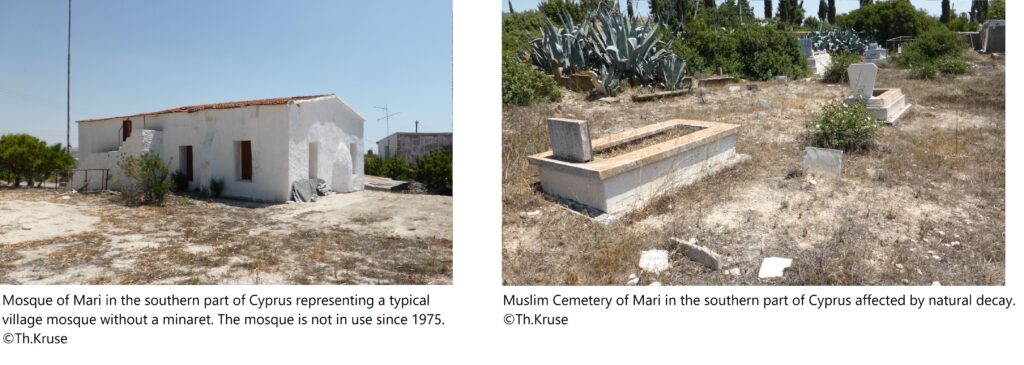
Members of FRH had the idea of forming a charity which could specialize in the recognition and digital mapping of all religious heritage, of all kinds and everywhere, as the basis for protection, conservation and interpretation for the public. The wars in Syria, Ethiopia and now Ukraine are all too real examples of the extreme dangers to religious heritage, on top of the everyday issues of poorly planned development and neglect.
Dr Thorsten Kruse, who has been recording religious heritage in Cyprus, and Dr Joseph Elders who has been doing the same in England, teamed up with a number of colleagues to found Religioscape to provide this function ( https://www.religioscape.com/). As one can see there, our mission can be summarized as “helping communities rediscover their forgotten stories”.
How do we propose to do this? The first task is to create an international digital map and database structure capable of linking up all relevant projects and partners, supporting them and the relevant authorities in each country. This will be called Sanctuary. It was recently announced that for the second time FRH has been selected as one of the EU Networks receiving financial support from the Creative Europe network grants, for the FRH UNITE project. One of the projects that formed part of this successful bid was the creation of this European religious heritage database.

Partly collapsed Archangelos Michael church of Charkeia north Cyprus. The former Greek Orthodox cemetery around the church disappeared. ©Th.Kruse
Sanctuary will be a unique web-based network, built bespoke, capable of collecting, managing and making available to the public information on religious sites of any type, faith and denomination, in any country in Europe. In its full build it will operate globally across all regions. The pilot project will aim to demonstrate the value and potential of bringing together information from a number of early adopting partners across Europe, and will offer the following:
- Welcoming information home and content pages, all under the editorial control of the project leaders, organized by Religioscape on behalf of FRH.
- Interactive map of the religious sites, symbolized by religion and type, showing, point, linear and area features as appropriate.
- Searchable list of all religious sites, which Religioscape can help compile.
- Full details for each site, with capabilities for administrators to add images.
- Links to external resources where available (Including the Church Heritage Record for Church of England sites).
- Potentially: crowd-sourcing capability to help enrich content in poorly recorded areas.
The maps and databases of religious heritage in Cyprus and England have already been connected on a new global map interface using ArcGIS, with all entries using the same database structure. We know, therefore, that such a European religious heritage database is practical and achievable, and we look forward to working with FRH to achieve this. All religious heritage sites can be shown on this one single map interface, with basic standard information (where and what), and then where appropriate linking to the relevant national or other website or database for more information and deeper search functionality. For example, Sanctuary would provide links to the FRH project Religiana where the latter also has an entry. Religioscape hopes that we can work with FRH to achieve this, supporting the resources already available.
We call this mapping work Phase 1, the basic map and database common to all users. The methodology is based on the lessons learned from several projects including the Church Heritage Record, which was developed in partnership with Historic England and other organizations in England. This is a GIS map-based database of all churches and burial grounds associated with the Church of England.

Church Heritage Record
Screenshot from the Church Heritage Record showing the churches and burial grounds of Beverley, Yorkshire, England
Another important aspect in this work is the ability to include all biodiversity in cemeteries, gardens and other open spaces and buildings, and the potential of these green spaces for carbon sequestration as part of the drive towards ‘Net Zero’. In addition, the work includes where possible a basic condition grade (very bad-poor-fair-good), which can be supplemented with advice on urgent repair or conservation needs.
Once this basic mapping has been done, in many cases there is the chance to move on to Phase 2: Digital survey and recording. Religioscape has links to partners who can provide very detailed digital plans of all features of individual sites which have been mapped, as has been done in England with the National Burial Grounds of England Survey. This has allowed for the detailed survey of all churchyards and churches and related features, and the digitization and online integration of all relevant records, at no cost to the Church or parishes. The key here is the sharing and mediation of the information to the public.
 Phase 3 is then the development of specific conservation and interpretation projects in collaboration with local communities, faith groups, charities or other local organizations, or relevant regional or national authorities, or indeed all of these, to help communities and faith groups tell their stories, which may include those which have been suppressed, forgotten or misrepresented.
Phase 3 is then the development of specific conservation and interpretation projects in collaboration with local communities, faith groups, charities or other local organizations, or relevant regional or national authorities, or indeed all of these, to help communities and faith groups tell their stories, which may include those which have been suppressed, forgotten or misrepresented.
FRH and Religioscape are considering forming an international advisory panel to support and oversee this work, and to deepen the relationship between the two as Religioscape develops more projects. We hope this collaboration will be fruitful for all concerned, and will achieve the aim of better knowledge and protection of religious heritage in Europe and indeed beyond.
By FRH Members Dr Thorsten Kruse and Dr Joseph Elders.





Follow us: